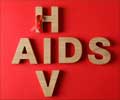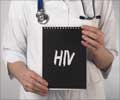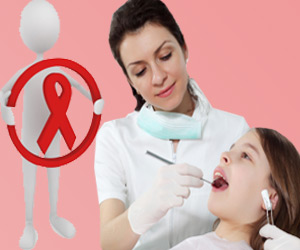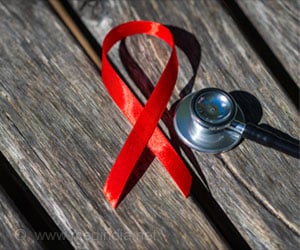In South Africa, the number of pregnant women carrying the HIV virus has inched up to 30.2 percent from 29.4 percent last year, report health officials.
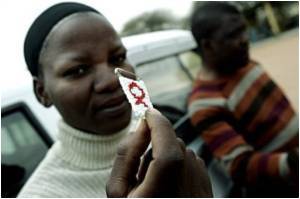
"We're still far from winning the war, but we are getting somewhere," he said, releasing the annual National Antenatal Sentinel HIV and Syphilis Prevalence survey.
He said the increase was due to lack of anti-retroviral drugs (ARVs) and counselling.
"We must accept the number of people on ARVs as we need to ... decrease infections," he said.
The latest UNAIDS report, released last week, estimates that South Africa has the world's largest HIV population of 5.6 million people.
Ramped-up investments in fighting the disease brought infections down by 22 percent between 2001 and 2009 and deaths by 21 percent between 2001 and last year, the report said.
Source-AFP
 MEDINDIA
MEDINDIA
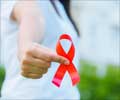



 Email
Email



